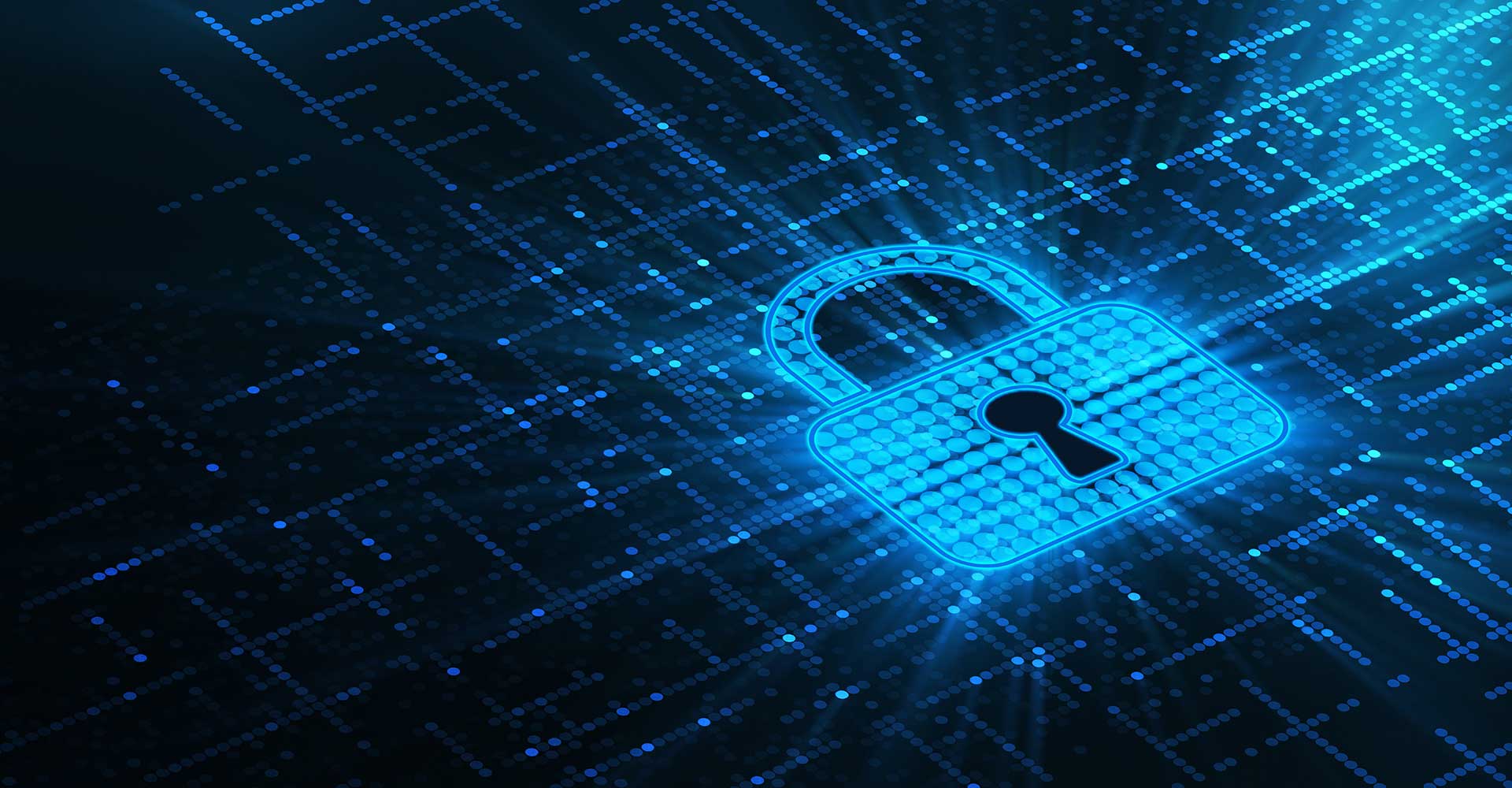From Phishing to Deepfakes: The Evolving Threat Landscape
09 July
In recent years, the UK’s digital threat landscape has shifted dramatically. Cybercrime has evolved from simple phishing emails to highly sophisticated tactics involving deepfakes, AI-driven attacks, and social engineering. For businesses, individuals, and public institutions, staying one step ahead of cybercriminals is no longer just about antivirus software—it’s about understanding a rapidly changing ecosystem.
Phishing: Still a Gateway for Attack
Phishing remains the most common attack vector. According to the UK Government’s Cyber Security Breaches Survey 2024, 79% of medium-sized businesses experienced a phishing attempt in the past year. These attacks are becoming increasingly convincing, often spoofing trusted brands, banks, or even internal departments within an organisation.
What’s changed is the delivery: phishing isn’t just limited to email anymore. We’re seeing “smishing” (SMS phishing) and “vishing” (voice phishing), where fraudsters call victims pretending to be from legitimate institutions such as HMRC or the NHS.
Ransomware and AI: A Dangerous Combination
Ransomware has become more targeted and destructive. Gangs now conduct weeks of reconnaissance before striking, ensuring maximum impact. With the rise of AI, attackers can automate parts of their operations—generating convincing messages, identifying vulnerabilities, or even negotiating ransoms using chatbots.
UK infrastructure hasn’t been spared. Several NHS trusts and local councils have fallen victim to ransomware attacks, disrupting essential public services. As AI tools become more accessible, the barrier to entry for cybercriminals is lowering—meaning more attacks, more often.
The Rise of Deepfakes and Synthetic Media
One of the most alarming trends is the emergence of deepfakes—AI-generated videos or audio clips that convincingly mimic real people. In early 2025, a UK-based finance firm lost over £20,000 after a deepfake voicemail, supposedly from the company’s CEO, instructed the finance team to wire funds to a fraudulent account.
These synthetic media attacks are particularly dangerous because they exploit trust. If you can’t believe your eyes—or ears—how do you know who to trust? The threat is no longer just technical, but psychological.
Social Engineering: The Human Factor
Despite all the technical advances, many attacks still succeed because of human error. Social engineering tactics trick people into giving away passwords, clicking malicious links, or revealing sensitive data. Attackers prey on urgency and authority, often impersonating IT departments or executives.
Training and awareness are critical. The most sophisticated firewalls in the world can’t stop an employee who unknowingly hands over credentials to a well-crafted scam.
What Can UK Organisations Do?
-
Invest in Cyber Awareness Training
Regular, engaging training can help staff recognise and resist phishing, social engineering, and suspicious behaviour. -
Adopt a Zero Trust Approach
Trust nothing by default. Verify every access request and limit access to only what’s necessary. -
Embrace AI for Defence
Just as criminals use AI, defenders must too. Behavioural analytics, anomaly detection, and AI-powered threat intelligence can help spot attacks early. -
Stay Compliant
Regulations like GDPR and the upcoming UK Online Safety Act demand better data handling and transparency. Compliance isn’t just legal protection—it’s good cyber hygiene. -
Plan for the Worst
Incident response plans, regular backups, and business continuity strategies are essential. A cyber attack is not a question of if, but when.
Final Thoughts
The cyber threat landscape is no longer about teenage hackers in basements. It’s a complex, fast-moving environment shaped by geopolitics, AI, and the growing interconnectivity of our lives. From phishing to deepfakes, the threats are evolving—and so must our defences.
For UK businesses, this means not only investing in the right technologies, but also cultivating a culture of security from the ground up.
